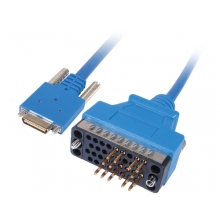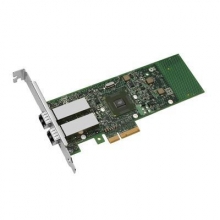- Optical Transceivers
- SFP+ Transceivers
- XENPAK Transceivers
- XFP Transceivers
- X2 Transceivers
- SFP Transceivers
- Compatible SFP
- 3Com SFP
- Alcatel-Lucent SFP
- Allied Telesis SFP
- Avaya SFP
- Brocade SFP
- Cisco SFP
- D-Link SFP
- Dell SFP
- Enterasys SFP
- Extreme SFP
- Force10 SFP
- Foundry SFP
- H3C SFP
- HP SFP
- Huawei SFP
- Intel SFP
- Juniper SFP
- Linksys SFP
- Marconi SFP
- McAfee SFP
- Netgear SFP
- Nortel SFP
- Planet SFP
- Q-logic SFP
- Redback SFP
- SMC SFP
- SUN SFP
- TRENDnet SFP
- ZYXEL SFP
- Other SFP
- FE SFP
- GE SFP
- OC3 SFP
- OC12 SFP
- OC48 SFP
- Copper SFP
- CWDM SFP
- DWDM SFP
- BIDI SFP
- Fiber Channel SFP
- Multi-Rate SFP
- SGMII SFP
- Compatible SFP
- GBIC Transceivers
- Passive Components
- Networking
- Cables
- Equipments
- Tools
- Special Offers


RAMPLAS effort seeks 100-Gbps optical RAM
A new project, partially funded by the European Commission under its Seventh Framework Programme (FP7-ICT-2009-C), will seek to develop a silcon-based optical random access memory (RAM) device capable of operating at 100 Gbps. The effort, called RAMPLAS, will seek to improve upon the access speeds now supported by Static RAM and DDR3 DRAM devices in a way that can keep pace with advances in processor speeds.
The three-year effort will combine the expertise of six participants:
The Centre for Research and Technology Hellas (CERTH; Greece), which will lead the consortium ;
The Technical University of Berlin (Germany);
VTT Technical Research Centre (Finland) ;
PhoeniX Software (the Netherlands) ;
The Institute of Communication and Computer Science (ICCS; Greece) ;
The Tampere University of Technology (Finland).
The consortium says it will rely on advances in silicon-on-insulator (SOI) fabrication technology to develop silicon-based optical RAM chips. Specifically, the RAMPLAS group hopes to combine 1.55-μm Gallium Arsenide (GaAs) gain chips with nanometer-scale SOI waveguide platforms. The participants also hope to develop uncooled InGaAsNSb (dilute nitride-antimonide) SOAs as active elements.



















































